In the fall of 2015, I found myself reading a tea blog (instead of writing one). Fellow tea geek Amanda Freeman used to keep one of the more prolific tea blogs in the community, and—at times—I suffered from a bit of professional jealousy. Often, she’d run into weird and strange teas before I did. And on this particular day, she wrote about this:

A white tea from Vietnam.
My jaw dropped and I salivated. So much so, that I contacted the vendor—What-Cha Tea—and begged for a sample myself. In typical fashion, I didn’t “punctually” drink it until . . . February. I remember it being a beautiful looking white made from exquisitely cultivated tea leaf buds, and the taste resembled nothing I had tried before; white or otherwise.
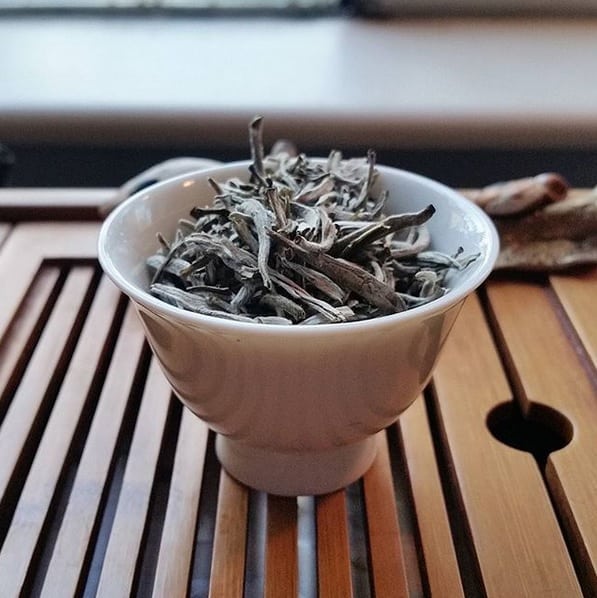
So, why haven’t I talked about it until now?
Good question.
Perhaps I wanted to know more about it. Or (more likely) I got distracted. Whatever the reason, not giving this tea the attention due needed to be rectified.
Over the course of the next year or so, I became acquainted with the man who sourced the tea—one Geoff Hopkins.
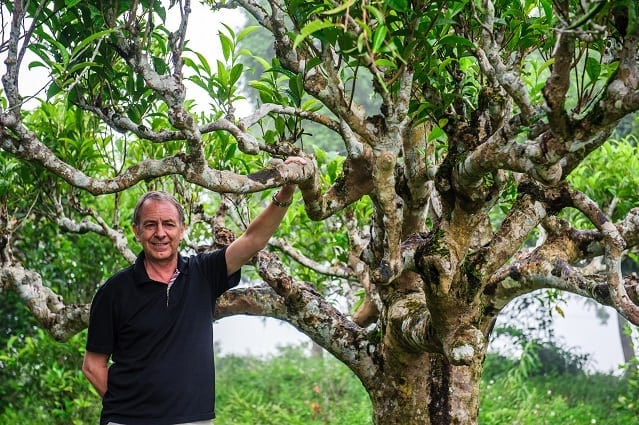
Aside from having an exquisite taste in first names, he reminded me of a few other tea traveling gents I admired. That and he didn’t put up with any namby-pamby bullshit in the tea community. Huge points bestowed for that.
Geoff Hopkins originally hailed from the UK, and—like many there—his tea “diet” consisted of the usual black tea fair. It wasn’t until his then career whisked him away to Asia that he discovered some of the finer stuff. Alignments of occupational fate saw him transferring to Hanoi for an assignment. And he sort of just . . . stayed. For four years.
The kernel for starting a tea business popped during the last year of his assignment. During his extensive travels through parts of India and China, he developed a bit of an affinity for how tea was produced, processed and sourced. But the breadth of his curiosity remained with Vietnam, which he largely saw as an untapped resource.
He relocated to Ho Chi Minh City, found a brick-‘n-mortar shop, and dubbed it Hatvala—a one-stop source for teas grown all over Vietnam.
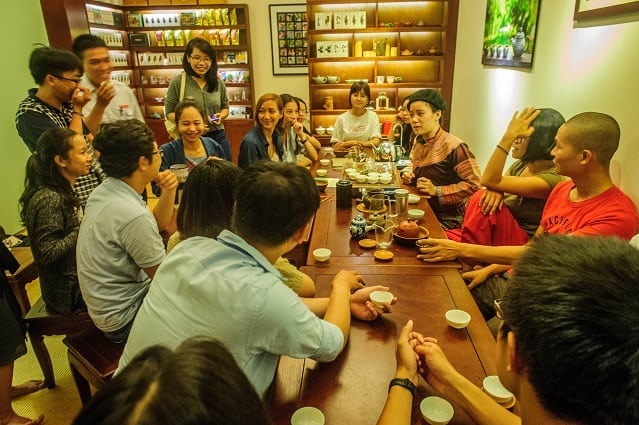
Originally, they started with a tea pantheon of eight. A couple of greens, a few oolongs, and some requisite black teas. One of the oolongs—their Red Buffalo—I already regarded quite highly.
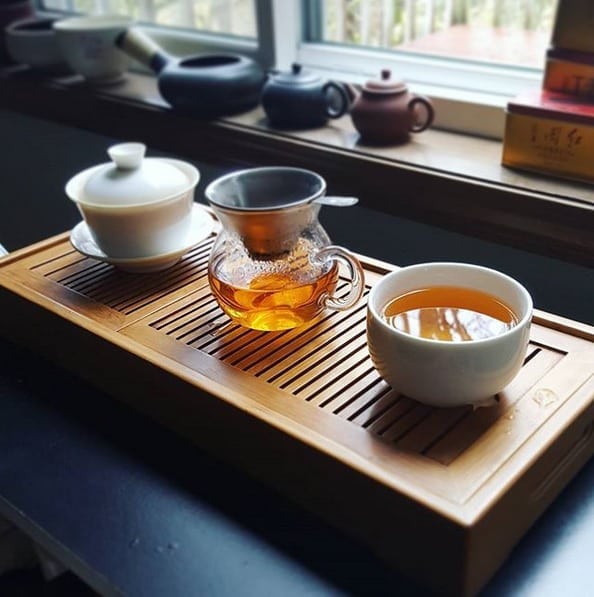
Like . . . really highly. Maybe too highly. I’m almost out, already. But that’s a story for another time.
Their product line has since expanded. But among those eight was the illustrious white tea I tried. In my many dialogues with (Other) Geoff, I didn’t think I needed to try it again. But he later said he wanted to send me some of their new 2017 teas, to which I accepted. When the package arrived, I found—not one, but two—white teas. Stranger still, they hailed from the same region, and even from the same growers and processors.
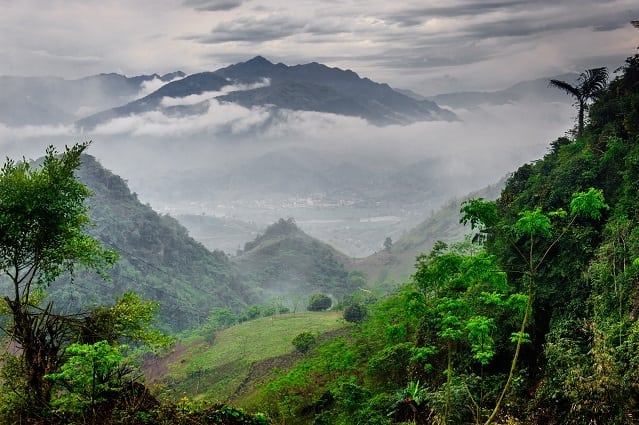
Mountain Mist and the other white tea, Floating Cloud, hailed from Suoi Giang (“Heavenly River” in Vietnamese). It was a small commune located in Yen Bai province, in Northern Vietnam. Both teas comprised of leaves harvested by the local Hmong people in the region.
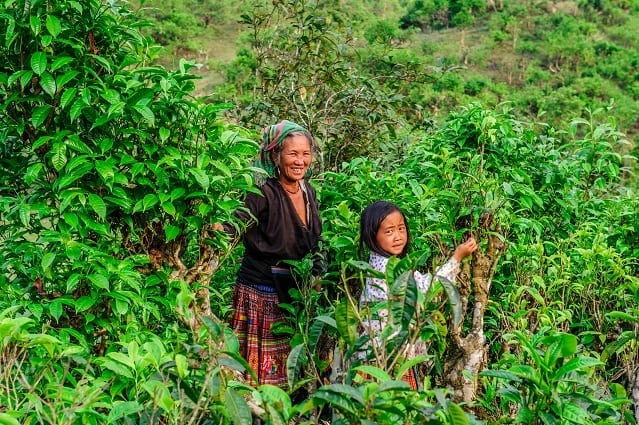
They climbed atop old growth assamica and taliensis trees that grew on their various plots of land.
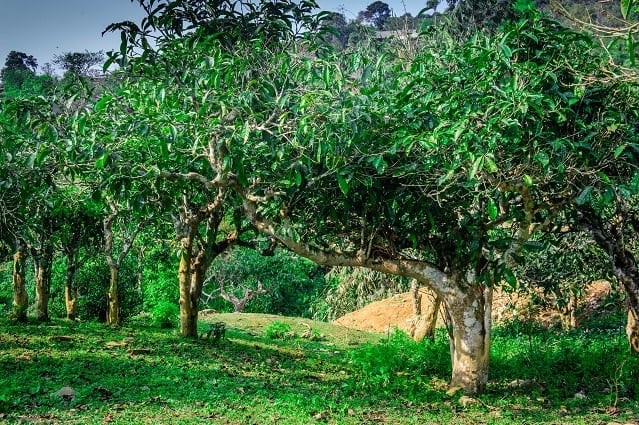
The semi-wild-harvested leaves were then taken into Suoi Giang and procured by processors in the area. The leaves used for the two white teas Hatvala carried were processed by a family of ethnic Vietnamese (Kinh). The head of the family—Mr. Tu—first arrived in Suoi Giang in the 1990s, and worked for a state-owned tea factory. After it closed, however, he started his own and specializes in producing top quality green and white tea.
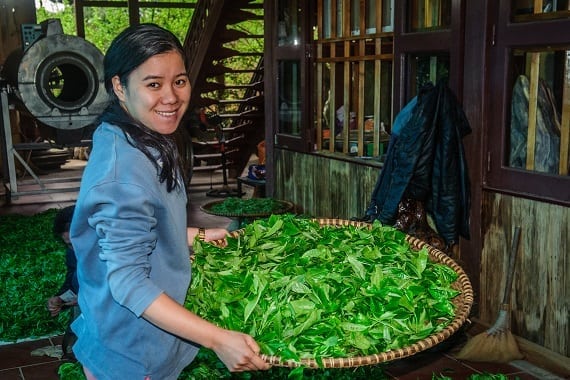
While the Mountain Mist white was considered a success, Hopkins felt it aligned too closely to green teas; both in flavor profile and appearance. The Floating Cloud was developed more to Hatvala’s exact specifications, and with a longer withering stage. The results were . . . ?
I didn’t officially dip into these until several months after I received them. Unfortunately, due to scheduling conflicts, life happenings, and other random bouts of dipshittery, I kept putting these off into the backlog. But the moment I opened them, I realized how much of a mistake that was.
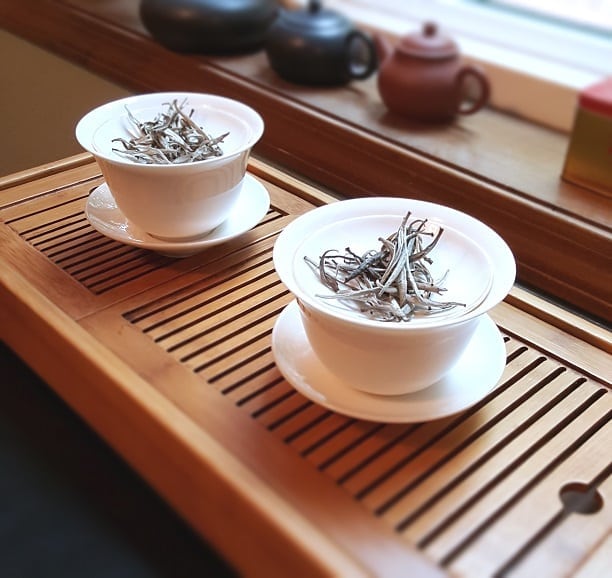
The leaves on these teas were gorgeous! And the smell they gave off, unlike any semi-wild white tea I’d encountered prior. Sure, I’d run into whites that had a fruity lean to them. In fact, most of them did. Particularly those made from assamica leaves. These, however, differed considerably.
My first impressions imply as much.
Over the course of the day, I got about three more infusions out of both teas.
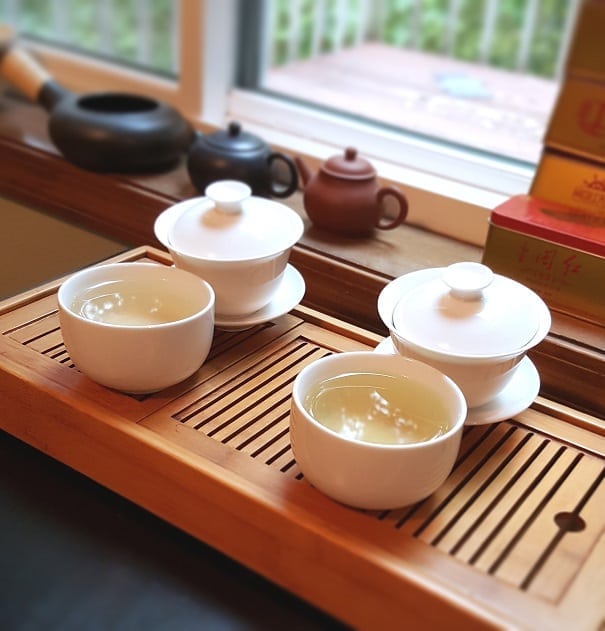
The caffeine buzz was quite there, but the more delightful sensation came from that almost-spiritual aftertaste of green tea confections. Like a green tea mochi for my soul. Even after those subsequent steeps, I still couldn’t choose a favorite. But if someone dangled me from a tea tree, I’d have to say Floating Cloud—if only for the sweetness that lingered just a hint longer. These wild whites provided quite the wild ride.
One that doesn’t have a height limit.
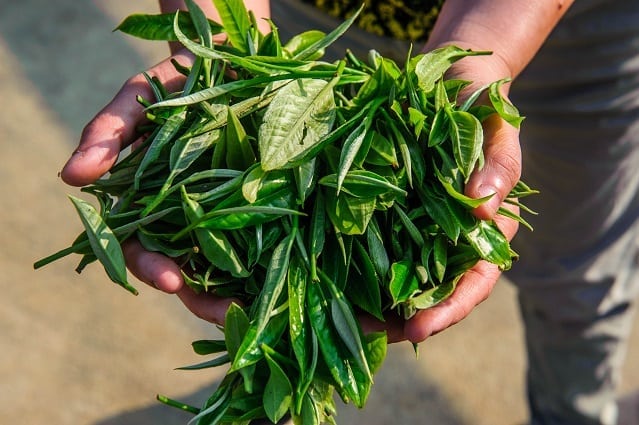
For more information on Hatvala, go HERE.
To buy the Mountain Mist White Tea, go HERE.
To buy the Floating Cloud White Tea, go HERE.
Leave a Reply